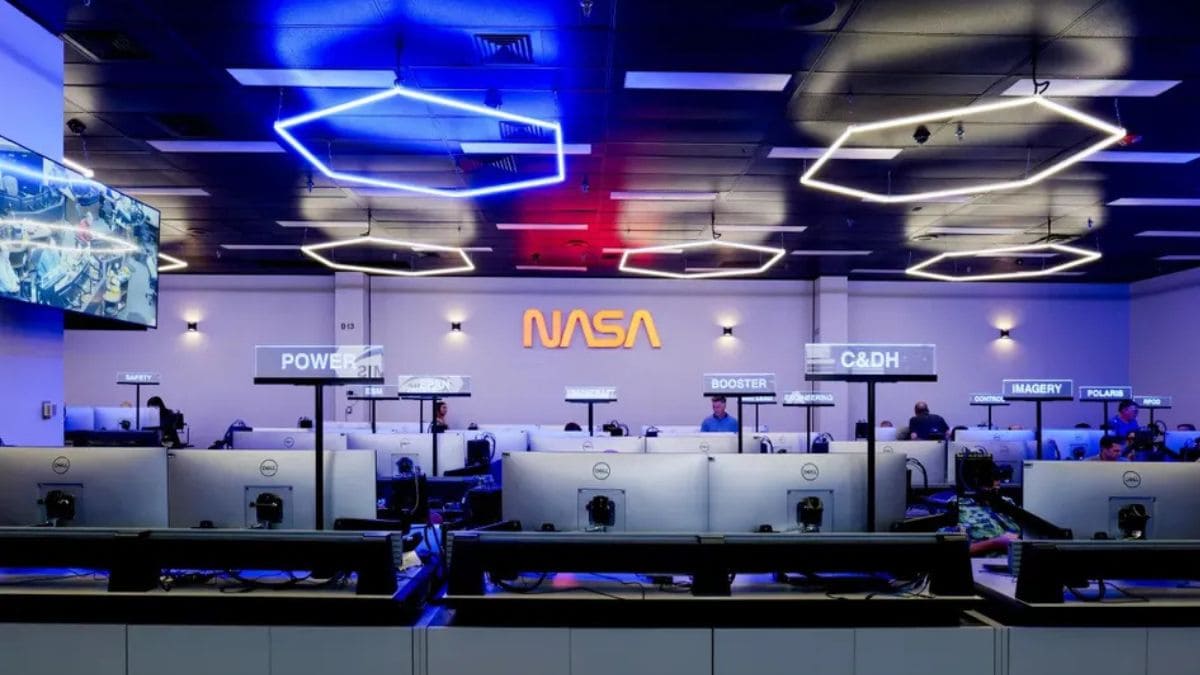NASA's Artemis program is getting ready for Artemis II, the next mission that will use the Orion spacecraft to transport humans around the Moon. For the first time since the Apollo era, humans will venture outside of low Earth orbit during the 10-day Artemis II mission. NASA is working to send people back to the moon with Artemis II. NASA has established a new Orion Mission Evaluation Room (MER) at Johnson Space Center to support this mission. Teams of engineers will work in this room to keep an eye on Orion's systems while it is in flight. This facility, which is manned 24/7, will contribute to the crew's safety.
Purpose and Function of the Orion Control Room
According to NASA, the Orion Mission Evaluation Room (MER) acts as a real-time engineering support hub for the Artemis II mission while NASA's flight controllers pilot Orion from the main control room. The MER team compares live telemetry to the spacecraft's expected performance and troubleshoots any anomalies. If problems arise, MER can coordinate help from other NASA centers or Orion's industry partners to resolve them. The room also collects all flight data; engineers will study this telemetry afterward to see how Orion performed and guide future Artemis missions.
Design, Technology and People in Orion's Control Room
Physically, the Orion control room is a state-of-the-art annex to NASA's mission control center. It houses 24 console stations, each with multiple monitors, and will be staffed around the clock during Artemis II. Each console is usually manned by two experts, and all of Orion's major systems have dedicated engineers monitoring them. Staff from NASA work alongside engineers from Lockheed Martin, the European Space Agency and Airbus. The room's design is modern — even featuring hexagonal ceiling lights — highlighting Orion's advanced technology. In effect, the MER brings Orion's engineering brain trust under one roof, ensuring experts watch over every aspect of the flight.

Comments
Post a Comment